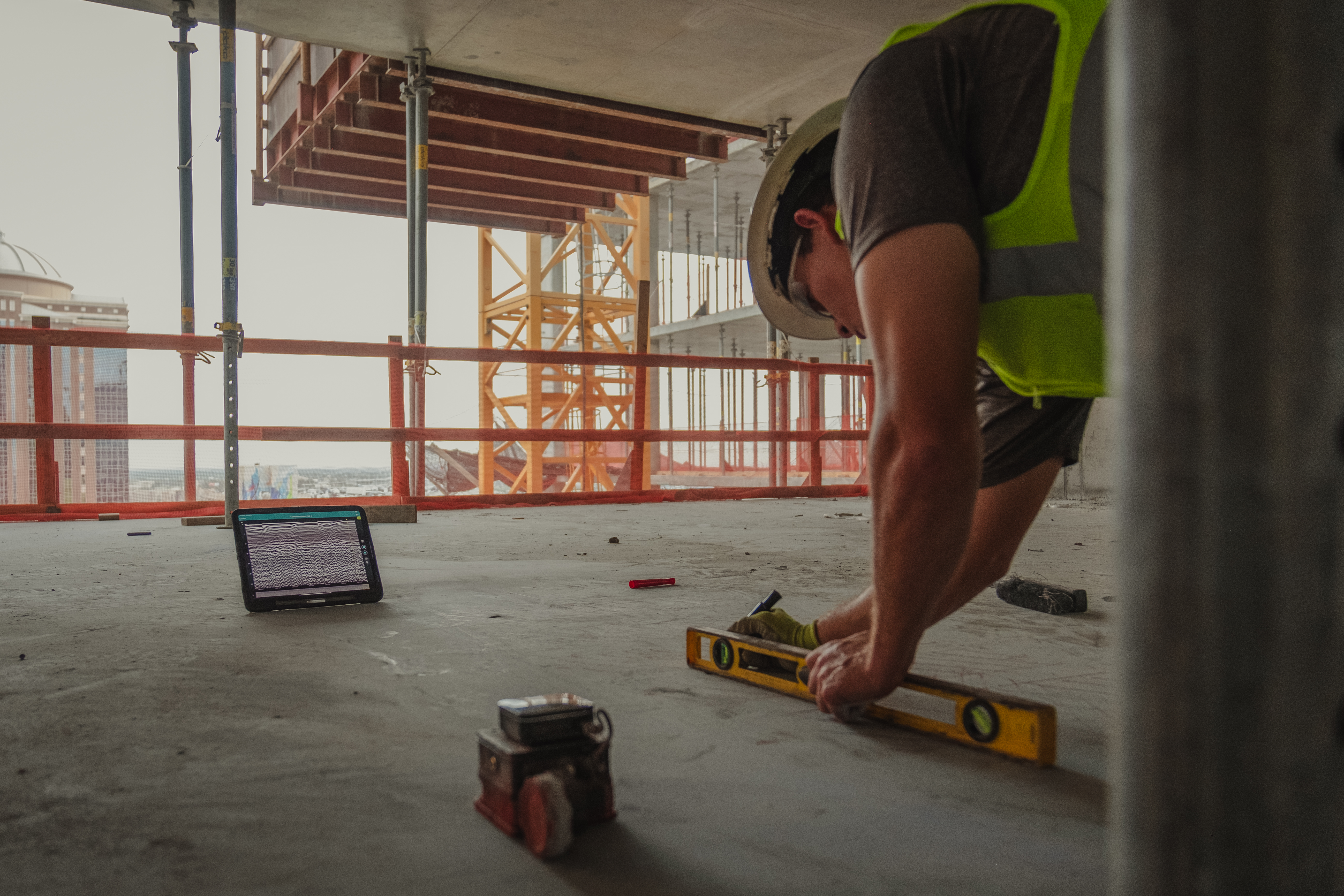Concrete Scanning
Precision and Accuracy in Every Project

Concrete Scanning
Concrete scanning is essential for locating components that are critical in nature to a structure's integrity.
When your project requires demolition of any type, it is critical to know the location of post-tension cables, conduits and structural
reinforcing. Having this information in real-time ensures safer working conditions and greater strike reduction.